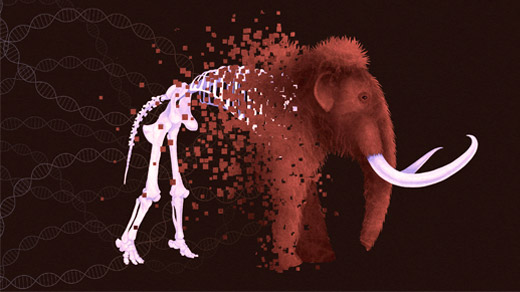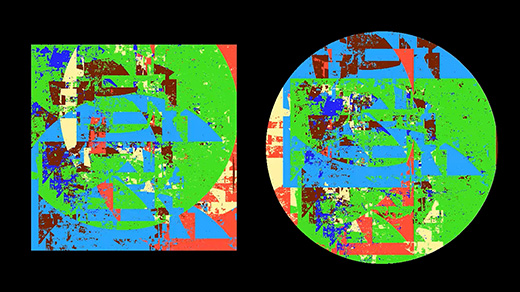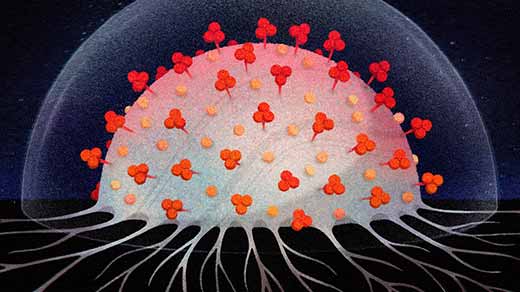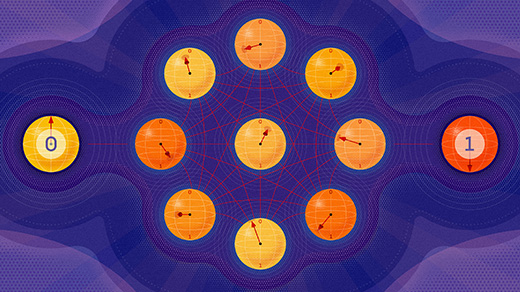What's up in
Explainers
Latest Articles
Why ‘De-Extinction’ Is Impossible (But Could Work Anyway)
Several projects are aiming to bring back mammoths and other species that have vanished from the planet. Whether that’s technically possible is beside the point.
What Happens When We Give Animals Our Diseases?
While it’s understandable to focus on the diseases affecting humans, it’s important to study how our illnesses may affect animals.
Which Computational Universe Do We Live In?
Cryptographers want to know which of five possible worlds we inhabit, which will reveal whether truly secure cryptography is even possible.
Machine Learning Reimagines the Building Blocks of Computing
Traditional algorithms power complicated computational tools like machine learning. A new approach, called algorithms with predictions, uses the power of machine learning to improve algorithms.
An Ancient Geometry Problem Falls to New Mathematical Techniques
Three mathematicians show, for the first time, how to form a square with the same area as a circle by cutting them into interchangeable pieces that can be visualized.
How the Physics of Resonance Shapes Reality
The same phenomenon by which an opera singer can shatter a wineglass also underlies the very existence of subatomic particles.
Will We Ever Get Rid of COVID-19?
No matter how much we’d like to eradicate SARS-CoV-2, it may be better to settle for other forms of control.
How Quantum Computers Will Correct Their Errors
Quantum bits are fussy and fragile. Useful quantum computers will need to use an error-correction technique like the one that was recently demonstrated on a real machine.
How Wavelets Allow Researchers to Transform, and Understand, Data
Built upon the ubiquitous Fourier transform, the mathematical tools known as wavelets allow unprecedented analysis and understanding of continuous signals.








